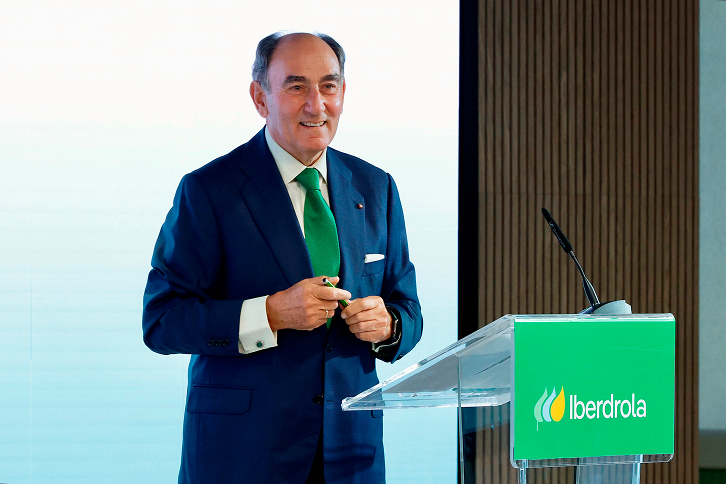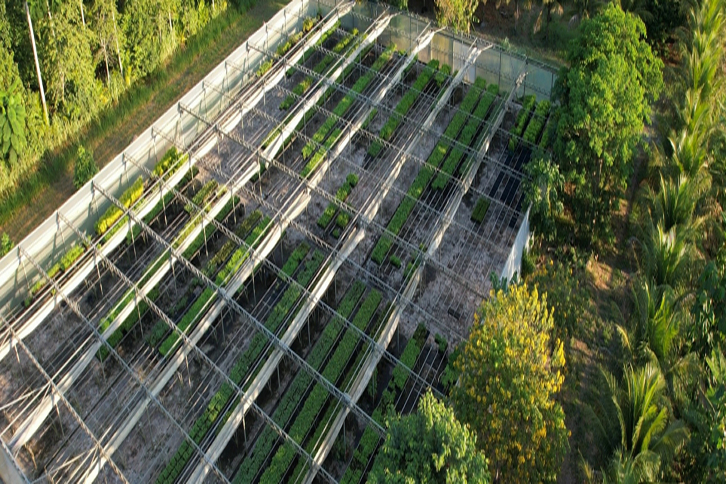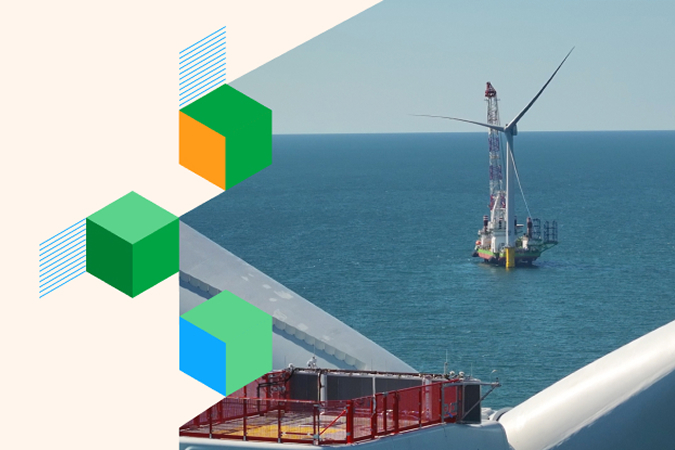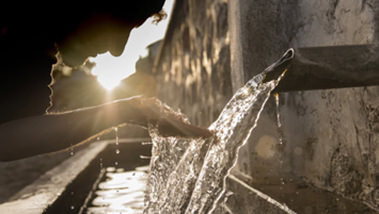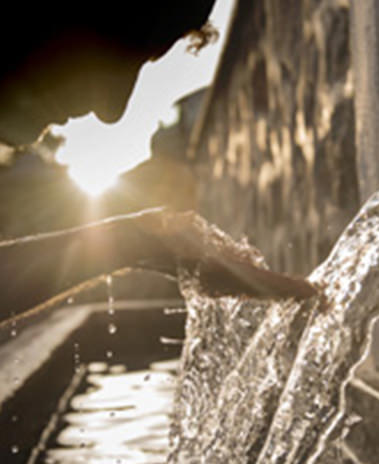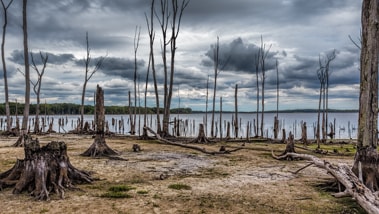-
New York City hosted the 16th edition of Climate Week (22–29 September) under the theme, It's Time. As in previous editions, the event served as a platform for connection and dissemination, focusing on the fulfilment of climate goals and the need to increase the commitments made by companies, governments and organisations.
We are facing a real water crisis that can only be solved with the sustainable consumption, promotion of clean energies, optimisation of production processes and the use of recycled water.
-
Environmentally conscious citizens, urban planners and architects are pinning their hopes on eco-neighbourhoods. Efficent and highly environmentally friendly, they are already emerging in major cities.
Acid rain is one of the consequences of air pollution. Gases produced from the burning of fuels react with the oxygen in the air and water vapour, transforming into acids that fall onto the earth's surface as rain. This acidification of the earth and surface water has devastating effects on ecosystems and poses a serious danger to living beings.
-
The transition to a decarbonised economy is not only essential to halting climate change, but is also a driver of economic growth with the potential to create millions of green jobs. We are talking about jobs aimed directly at protecting the environment or which seek to minimise impact on the health of the planet.
-
Facebook Green jobs: the jobs of the future, good for you, for the environment and for the economy
-
Twitter Green jobs: the jobs of the future, good for you, for the environment and for the economy
-
Linkedin Green jobs: the jobs of the future, good for you, for the environment and for the economy
-
Whatsapp
According to Greenpeace, our oceans receive 200 kilos of rubbish a second and have floating islands of plastic with an area four times the size of California. This situation, which is so harmful to the health of our planet, has inspired three ingenious initiatives for cleaning up the oceans. Read about them here; they'll definitely surprise you!
-
-
Global warming is causing glaciers and ice sheets to melt. The average sea level has risen 3.2 mm/year since 1993. This is catastrophic for islands and coastal regions. Especially in places like Kiribati, an idyllic Pacific atoll nation that seems destined to become the first victim of climate change.
-
Facebook Kiribati, the first country rising sea levels will swallow up as a result of climate change
-
Twitter Kiribati, the first country rising sea levels will swallow up as a result of climate change
-
Linkedin Kiribati, the first country rising sea levels will swallow up as a result of climate change
-
Whatsapp
Atmospheric pollution is not the only type of contamination that is harming living beings on the planet. According to the World Health Organization (WHO), it is one of the most dangerous environmental threats to health. And according to the European Environment Agency (EEA), noise is responsible for 12,000 premature deaths and 48,000 new cases of ischaemic heart disease every year.
-






















